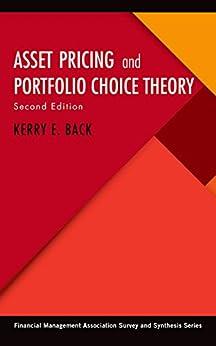LetX be an Ornstein-Uhlenbeck process with a long-run mean of zero; that is, dX = X dt
Question:
LetX be an Ornstein-Uhlenbeck process with a long-run mean of zero; that is, dX = −κX dt + σ dB for constants κ and σ. Set Y = X2. Show that dY = ˆκ(θˆ − Y)dt + ˆσ
√
Y dB for constants κˆ, θˆ and σˆ . Note: The squared Ornstein-Uhlenbeck process Y is a special case of the interest rate process in the Cox-Ingersoll-Ross model
(Section 18.3) and a special case of the variance process in the Heston model
(Section 17.4)—special because κˆ θˆ = ˆσ2/4.
Fantastic news! We've Found the answer you've been seeking!
Step by Step Answer:
Related Book For 

Question Posted:





